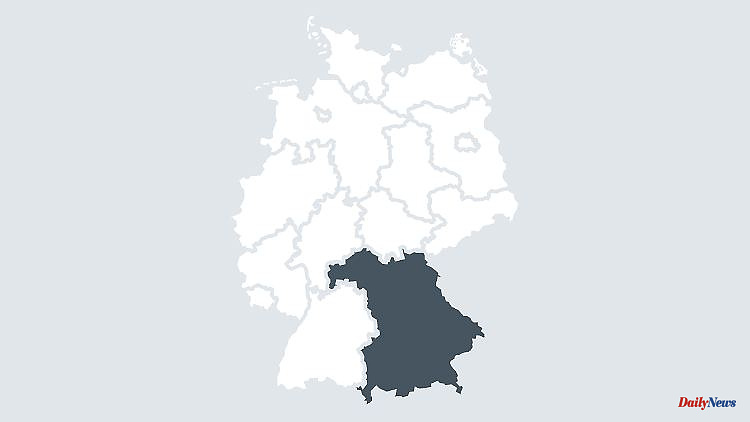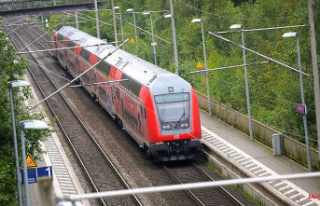Augsburg (dpa / lby) - The air on Bavaria's streets has become cleaner. The annual limit for nitrogen dioxide was only exceeded at one of the 48 measuring points last year, as shown by an evaluation of preliminary measurement results published by the State Office for the Environment (LfU) on Wednesday. The low level of the two previous years also continued for particulate matter. However, the New Year's fireworks temporarily increased the fine dust pollution at most measuring stations.
According to the LfU, the measuring point on Landshuter Allee on the Mittlerer Ring in Munich exceeded the annual average limit of 40 micrograms per cubic meter of air for nitrogen dioxide (NO2) last year alone. It was therefore 49 micrograms. From February, the Mittlerer Ring is to become part of the environmental zone, in which diesel vehicles with the Euro 4 emission standard will also be banned from driving in the future. The second highest annual average was found in Nuremberg on Von-der-Tann-Strasse with 33 micrograms of NO2 per cubic meter of air.
According to the Federal Environment Agency, road traffic is primarily responsible for nitrogen dioxide emissions, with diesel engines accounting for the largest share. Like particulate matter, nitrogen dioxide can be a health hazard. For example, they can trigger respiratory problems and are associated with a large number of diseases of the lungs and cardiovascular system. In addition, nitrogen dioxide is a precursor to the formation of particulate matter and ground-level ozone.
The daily limit for particulate matter is 50 micrograms per cubic meter of air. According to provisional data, this was briefly exceeded on New Year's Day at 19 of 33 measuring stations in Bavaria. A day later, the measured values were again below the limit values.
The fine dust concentration measured at a station may be 35 times above the daily limit per calendar year. This was not the case at any measuring point in Bavaria in 2022. According to the LfU, four measuring stations exceeded the limit value on three days each. The final measurement results are expected to be available in the middle of the second quarter.












